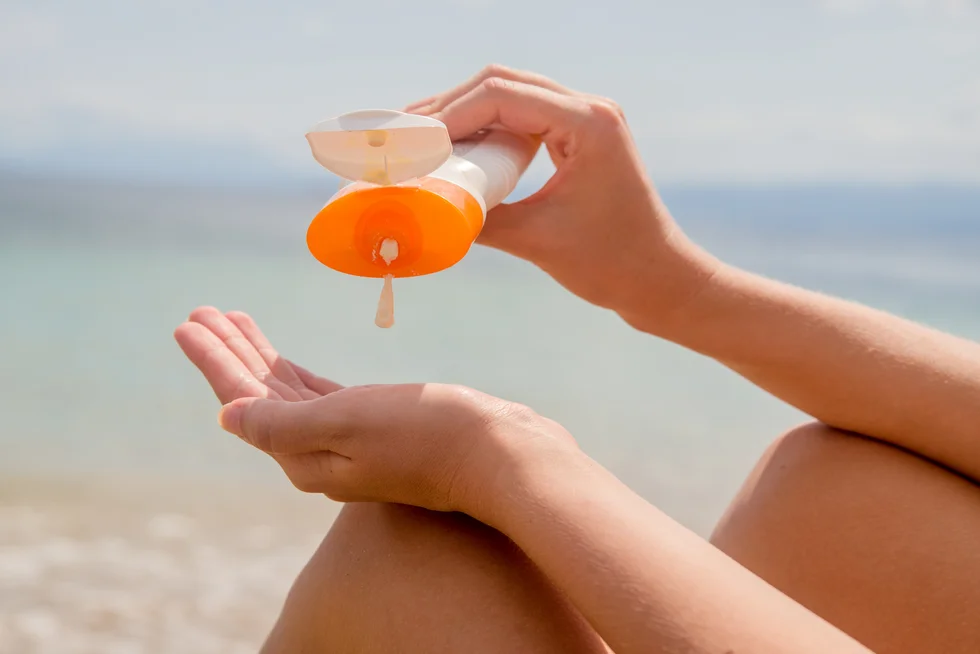Four years ago, I was diagnosed with stage 3 breast cancer. I was 33 years old.
The doctors all said the same thing: You're so young. Surely I had a family history of breast cancer (I don't) or the BRCA gene, which increases the risk of developing breast and ovarian cancer (nope!). So how did I end up bald-deep in chemotherapy?
My left hand still cramps up when I think of the gazillion questionnaires I filled out, combing through lifestyle factors and past illnesses and treatments that may have contributed to the disease.
And like the 276,480 women who will be diagnosed this year, the answer for me is not as simple as checking a box. But what I do know is that my cancer was estrogen receptor positive. In other words, the cells have receptors that allow them to use the hormone estrogen to grow.
Cancer-causing components
Now new research suggests that women like me, with a history of estrogen receptor-positive breast cancer, and women at high risk for breast cancer may want to take a closer look at the cosmetics we use.
A January 2020 study published in the journal of Environmental Health Perspectives found that the ingredients oxybenzone, an ultraviolet filter used in sunscreen, and propylparaben, an antimicrobial used in cosmetics, damaged DNA in breast cells of mice at super low doses — but only the breast cells with estrogen receptors.
The study also found that the DNA damage occurred at concentrations that are 1/10th to 1/30th of that required to stimulate proliferation, meaning the risk is present at lower levels than previously understood.
“I am not surprised by evidence indicating that these ingredients have effects on cells in the lab," said Dr. Kyra C Williams, assistant professor at the Department of Obstetrics and Gynecology at the University of Pennsylvania. “There is more and more information being learned about the potential effects of environmental chemicals and their potential risks."
Oxybenzone and propylparaben are xenoestrogens, which are chemicals that mimic the female sex hormone estrogen in the body. This makes the findings particularly notable for women with a history or risk of estrogen receptor-positive breast cancer.
For women without a history or high risk factors for breast cancer, the study found that the dosage did not harm cells without estrogen receptors.
Should you toss your sunscreen?
Dr. Williams notes that more research needs to be done to determine whether there is an increased risk from normal day-to-day use of products that contain these ingredients. “All women are at risk for breast cancer and may choose to be cautious with these agents as more information is learned about the potential risks," Williams said.
While oxybenzone and propylparaben have been under scrutiny in the past, this study points out that the FDA typically screens for toxicity of these chemicals in cell lines that do not have estrogen receptors.
Why? According to the American Cancer Society, the FDA checks that active ingredients in sunscreens do not cause serious problems including cancer, reproductive harm or endocrine effects. However, the FDA does not test sunscreen products themselves unless the manufacturer requests a test or a new ingredient is included that has not yet been deemed safe.
If you Google favorite sunscreen brands, many routinely include oxybenzone in their products as a skin cancer preventive, and some contain both oxybenzone and propylparaben. (I recently discovered a bottle of sunscreen with both ingredients in my beach bag.)
Turns out, harmful chemicals including oxybenzone are present in nearly 70% percent of the sunscreens on the U.S. market, according to the Environmental Working Group. The percentage of cosmetic products containing propylparaben is not known, although a 2018 report from the FDA notes that “cosmetics that may contain parabens include makeup, moisturizers, hair care products, and shaving products, among others."
It's also worth noting that oxybenzone has been banned in the state of Hawaii, following several environmental studies linking oxybenzone to killing new coral growths and bleaching coral reefs in the ocean.
Staying safe this summer
If you're going through your makeup and beach bag and wondering if you should see a doctor after using products with oxybenzone and propylparaben, Dr. Williams says not to panic: Keep up with your routine breast exams and mammograms and let your doctor know that you have a past with these ingredients.
Of course, it's still important to protect your skin. The American Cancer Society recommends a broad-spectrum sunscreen with a sun protection factor (SPF) of at least 30. And now that we are all expert label readers, look for both broad-spectrum and water-resistant sunscreen.
And don't forget another important step: Check yourself for breast lumps and anything that just doesn't feel normal to you. Early detection helps save lives.
It doesn't matter how old you are. Check the box.






